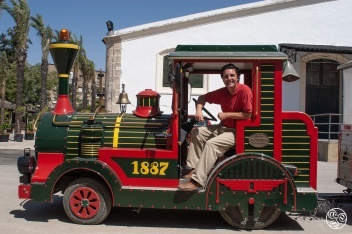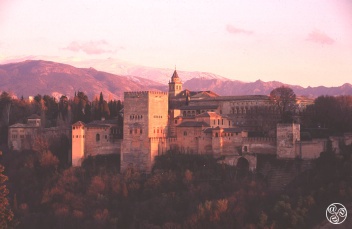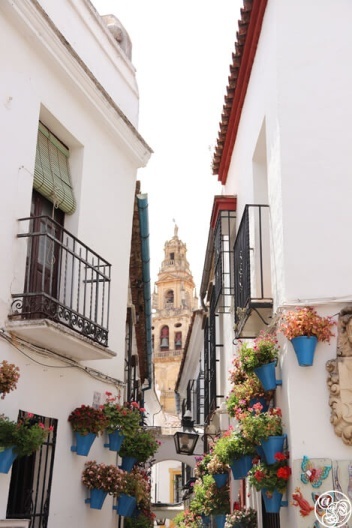History
Jerez de la Frontera dates from Phoenician times, but first rose to prominence under the Moors, who called it Xerix or Sherrich ‘De la Frontera’. These names refer to Jerez’s position on the frontier of Moorish Spain, and the Alcazar (fortress) is a reminder of the town’s strategic importance.




